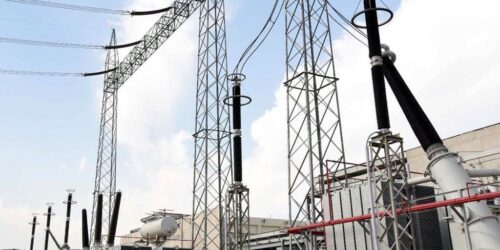The needle finally seems to be moving on the electricity consumption front. Before going all jubilant, mind you, this comes with caveats. First things first, the cumulative power generation of the national grid delivered to the distribution companies has increased by 4.7 percent year-on-year in the 9-month period of the fiscal year so far.

What is also encouraging is the fact that electricity generation by March 2021 end recorded the highest ever 12-month moving average at 10.5 billion units. The previous high was recorded in February 2020 as the demand had started to gradually pick up, only for the pandemic to arrive and set it all back. While that is a heartening sight, it must also be remembered that Pakistan’s power demand has stayed static for over three years. The graph clearly depicts the moving average has not really “moved” much since June 2018 – when it first crossed 10 billion units.
Now, back to the growth. A key minister was seen boasting of the “highest-ever” 28 percent year-on-year increase in electricity generation for March 2021. He was not wrong. Only that any year-on-year comparisons with March and April of 2020 when the country was nearly at a standstill – is plain stupid. Mind you, the growth does not only stem from the pandemic impact, it also has a portion of existing system demand being diverted to the national grid, as supply to captive power plants is being reduced in phases.

There are early signs that there also is an element of organic growth, but it is just too early to gauge the actual impact, let alone celebrate. The numbers that had been thrown around by the government in terms of captive generation, only suggest that the organic growth is still limited. Increased power tariffs, even with the deferment of the second round of increase for the time being, will have its impact on the domestic usage, and the ongoing summer season may not see the usual highs of yesteryears, when the domestic electricity bills for April and May are sent out.

Higher share of industrial and commercial share is good news for the financial health of the sector – because the propensity to pay is high and the theft incidence is negligible. But the equation may all go bust if the drop from domestic segment is a sizeable one.







